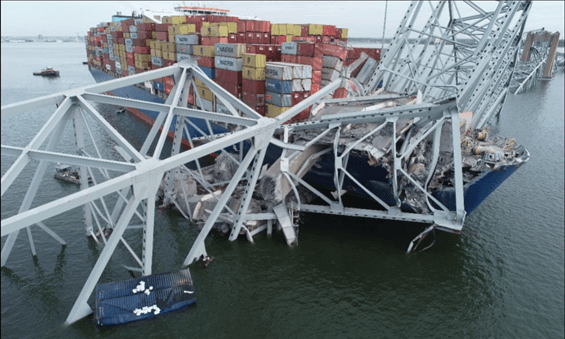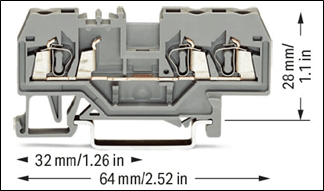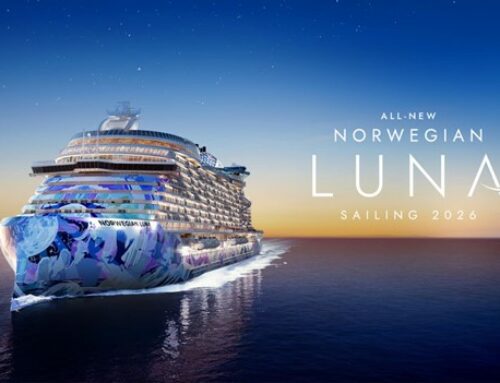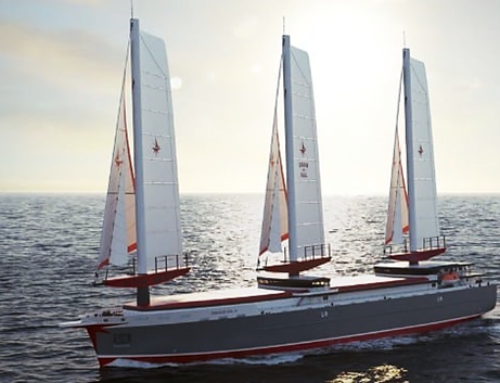NTSB Investigation Update: Behind the Containership Allision with Francis Scott Key Bridge
 The National Transportation Safety Board (NTSB) recently published an update on the investigation into the loss of power on board the containership Dali and her resulting allision (collision with a stationary object) with and then the collapse of Francis Scott Key Bridge in Baltimore. The ongoing investigation aims to uncover the chain of events that led to the incident, but has yet to draw definitive conclusions.
The National Transportation Safety Board (NTSB) recently published an update on the investigation into the loss of power on board the containership Dali and her resulting allision (collision with a stationary object) with and then the collapse of Francis Scott Key Bridge in Baltimore. The ongoing investigation aims to uncover the chain of events that led to the incident, but has yet to draw definitive conclusions.
Preliminary Findings
The incident was set into motion during Dali’s departure from the Seagirt Marine Terminal. As the ship navigated the waters approximately three ship lengths away from the Francis Scott Key Bridge, electrical breakers HR1 and LR1 unexpectedly tripped. This sudden failure resulted in a complete blackout, plunging the ship into darkness and disabling most of its navigational equipment. The NTSB’s preliminary findings, released in May, highlighted this critical moment in the unfolding crisis.

NTSB investigators have been carefully inspecting and testing the ship’s electrical power distribution system. An interruption in the control circuit for HR1’s undervoltage release (a device causing a breaker to pen when voltage drops excessively) caused the component to fail, causing the voltage to drop below the required threshold. A terminal block (insulated block connecting two or more wires) and two sections of control wiring also were found to have been removed from the control circuit. These components now are under examination by the NTSB Materials Laboratory to determine their role in the incident.
Tracing the Timeline of Events
The Dali‘s troubles began early on March 26 as it was leaving Baltimore Harbor. The sudden loss of electrical power and propulsion led to the vessel striking the southern pier which was supporting the central truss spans of the Francis Scott Key Bridge. This collision resulted in the collapse of the bridge, tragically causing the deaths of six construction crew members and seriously injuring another, as well as injuring one crew member aboard the Dali.
The NTSB’s preliminary report also revealed that Dali experienced two power blackouts the day before the incident. The first blackout was attributed to a crew member inadvertently blocking the generator’s exhaust gas stack, while the second was blamed on insufficient fuel pressure. These events forced the crew to manually restore power and reconfigure the electrical systems, setting the stage for the disastrous tripping of breakers HR1 and LR1 during the ship’s departure.
However, the NTSB continues to delve into the electrical configuration and its potential impact on the incident.
 Moving Forward
Moving Forward
In a significant development, the Dali departed Baltimore for the first time since the incident this Monday, July 1st. NTSB investigators have finished interviewing the vessel’s crew, conducting onboard examinations of the engineering systems, and testing the electrical systems. Documentation of the vessel’s structural damage is still underway.
Further updates will be released as the NTSB continues investigating the causes behind the Dali‘s ill-fated journey, and the devastating allision with the Francis Scott Key Bridge.
We at the Herd Law Firm are proud to fight for seamen, maritime workers and passengers in all types of personal injury and death claims. As maritime personal injury attorneys located in northwest Houston, we never waver in our commitment to help these maritime workers and their families when they are injured or mistreated.
7/3/2024
Image Source: NTSB.gov










